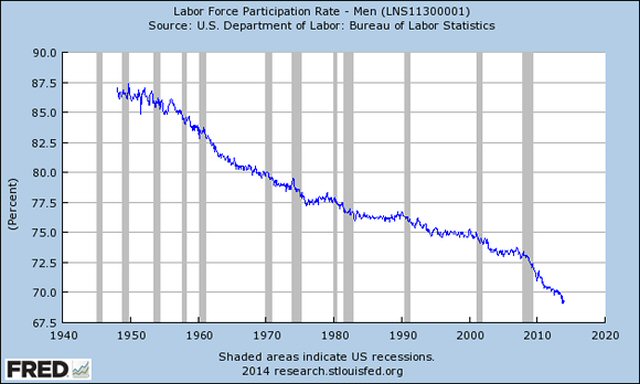A multi-billion-dollar hydrogen industry currently exists in the United States, serving a myriad of hydrogen end-use applications; however, about 99 percent of that hydrogen currently is used in chemical and petrochemical applications. Of the end uses, the largest consumers are oil refineries, ammonia plants, chlor-akali plants, and methanol plants. Some specific examples of hydrogen end use include:
• Petroleum refining—to remove sulfur from crude oil as well as to convert heavy crude oil to lighter products
• Chemical processing—to manufacture ammonia, methanol, chlorine, caustic soda, and hydrogenated non-edible oils for soaps, insulation, plastics, ointments, and other chemicals
• Pharmaceuticals—to produce sorbitol, which is used in cosmetics, adhesives, surfactants, and vitamins
• Metal production and fabrication—to create a protective atmosphere in high-temperature operations, such as stainless steel manufacturing
• Food processing—to hydrogenate oils, such as soybean, fish, cottonseed, and corn oil
• Laboratory research—to conduct research and experimentation
• Electronics—to create a special atmosphere for the production of semiconductor circuits
• Glass manufacturing—to create a protective atmosphere for float glass production
• Power generation—to cool turbo-generators and to protect piping in nuclear reactors.
Stationary Power Systems
Stationary power applications are widely viewed as a critical sector where there may be an opportunity to expand greatly the future use of hydrogen.
A near-term area of demand for fuel cells includes stationary power applications, such as backup power units, power for remote locations, and distributed generation for hospitals, industrial buildings, and small towns. Stationary fuel cell power systems already are commercially viable in settings where the consumer is willing to pay a small price premium for reliable energy, and in remote areas where fossil fuel transportation costs are prohibitive. To date, approximately 600 stationary power systems, each with 10 kilowatts or more capacity, have been built worldwide; and more than 1,000 smaller stationary fuel cells, less than 10 kilowatts, have been installed in homes and as backup power systems.
Comprehensive data on U.S. stationary fuel cell installations are not available, but the following types of stationary fuel cell applications are under development:
• Large cogeneration (combined heat and power) systems are being manufactured for large commercial buildings or industrial sites that require significant amounts of electricity, water heating, space heating, and/or process heat. Fuel cells combined with a heat recovery system can meet some or all of these needs, as well as providing a source of purified water.
• Small, standalone cogeneration systems currently are viable in some areas where the large cost of transmitting power justifies the added cost of a fuel cell. Currently, U.S. companies (such as Plug Power) manufacture small fuel cell systems that are able to produce up to 5 kilowatts of electricity and 9 kilowatts of thermal energy. The excess heat can be used for water or space heating to further reduce the site’s electrical energy use.
• Uninterruptible power supply (UPS) systems, in which fuel cells are used as backup power supplies if the primary power system fails, are one of the fastest growth areas for stationary fuel cell technologies. UPS systems often are used in important services, such as telecommunications, banking, hospitals, and military applications. Battery systems have been used for many years to provide backup power to essential services; however, the battery output time is relatively short. In contrast, fuel cells with refillable fuel storage systems can provide power for as long as required during a blackout.
• Home energy stations are another variant of small, standalone cogeneration systems. They use either reformers or electrolyzers to produce hydrogen fuel for personal vehicles, and they also incorporate a hydrogen fuel cell that can provide heat and electricity for the home. One advantage of the stations is that they offer enhanced utilization of the hydrogen gas, i.e., higher capacity factors for the hydrogen production unit, and therefore help to defray some of the overall cost of the hydrogen refueling station. Appliance-sized home energy stations are undergoing development by several automobile manufacturers as a potential alternative to commercial refueling stations.
Source: U.S. Energy Information Administration
